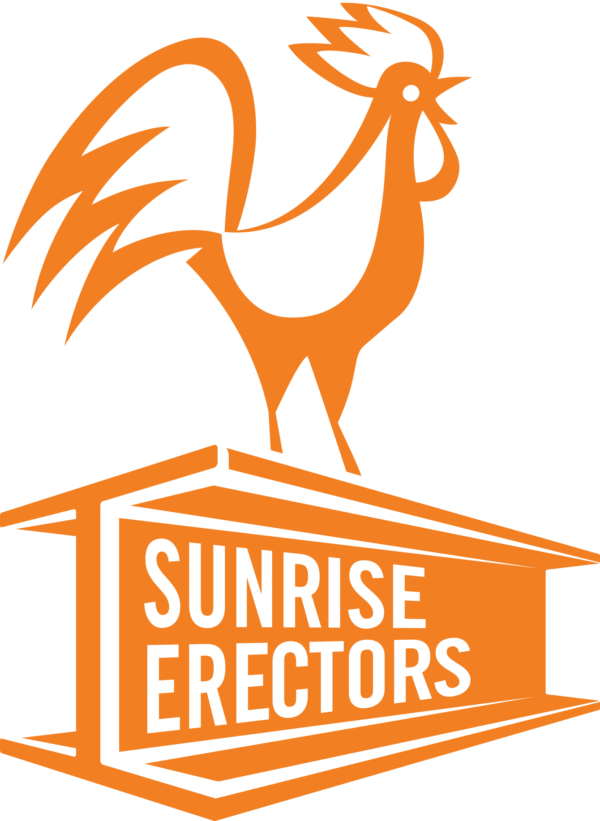Event
Strategies To Lower CO2 Emissions Using Concrete Masonry

-
COST
Free and open to the public
-
TYPE
CEs
-
AUDIENCE
Professionals
-
ACCREDITATIONS
1 LU/HSW AIA credit available
View a recording of this webinar on our YouTube page.
The CMU industry uses zero slump dry-cast concrete which uses less cement than wet-cast concrete due to its’ unique manufacturing process. The resulting structure of masonry unit concrete enables accelerated CO2 sequestration rates.
During this presentation we will discuss the carbon cycle, greenhouse gas emissions, and how they relate to climate change, and how specialized concrete masonry units can lower the embodied carbon of buildings. We will also discuss how thermal mass benefits enable lowered operational carbon emissions, even in colder climates.
We will go over climate change solutions such as adaptation which includes resiliency. We will also discuss mitigation solutions, and show how we are able to lower embodied carbon during CMU production by implementing technologies which increase CO2 sequestration rates. CMU can not only create a carbon sink, but can also use less cement—further reducing embodied carbon.
Lastly, we will talk about the development of the updated concrete products PCR and how we can show these improvements with EPDs.
Speaker
Heidi Jandris, Technical Resource and Sustainability Manager at Jandris Block.
Moderator
David Fannon AIA, LEED-AP BD+C, Assistant Professor at Northeastern University, co-curator for Durable: Sustainable Material Ecologies, Assemblies, and Cultures
This discussion is part of BSA Space's exhibition Durable: Sustainable Material Ecologies, Assemblies, and Cultures. Durable uses four traditional architectural materials—concrete, steel, masonry, and timber—to illustrate the potential consequences of material choices made in the construction of buildings. The exhibition explores how durability may be the ultimate measure of sustainability in the built environment.
*This event was originally scheduled for April 23.





